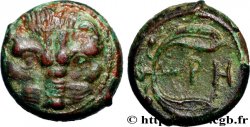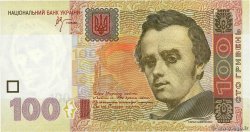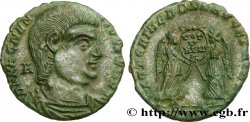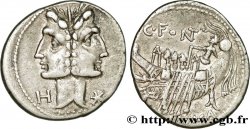v47_0017 - BRUTTIUM - REGGIO DI CALABRIA Tétradrachme
MONNAIES 47 (2011)
起拍价 : 9 500.00 €
估价 : 15 000.00 €
竞价记录 : 9 500.00 €
出价数量 : 1
最高出价 : 9 500.00 €
起拍价 : 9 500.00 €
估价 : 15 000.00 €
竞价记录 : 9 500.00 €
出价数量 : 1
最高出价 : 9 500.00 €
种类 Tétradrachme
日期: c. 415/410 - 387 AC.
铸币厂名称/城市 Bruttium, Rhégium
材质 silver
直径 25 mm
模子方针 5 h.
重量 16,65 g.
稀少度 R3
关于品相的说明
Exemplaire sur un petit flan épais, parfaitement centré des deux côtés d’un style fantastique, de très haut relief. Masque de lion fantastique. Revers finement détaillé de haut relief. Jolie patine grise avec des reflets métalliques dorés, légèrement granuleuse au revers
出版目录中的项代码 :
正面
正面的文字 ANÉPIGRAPHE.
正面的说明书 Masque de lion vu de face ; grènetis perlé circulaire.
背面
背面的说明书 Tête laurée d’Apollon à droite, la chevelure élégamment disposée ; derrière un rameau d’olivier avec deux feuilles ; grènetis linéaire circulaire.
背面铭文 RHGINON
背面的翻译 (de Rhégium).
评论
Poids léger. Mêmes coins que l’exemplaire du Cabinet des médailles de la BnF, collection de Luynes, n° 794 et que l’exemplaire de la collection Valton, n° 108 que l’exemplaire de la collection Montagu (Sotheby, 1896), n° 81 que l’exemplaire du British Museum, collection Payne Knight et que celui du Fitzwilliam Museum de Cambridge (SNG. n° 849). C’est le dixième exemplaire recensé. Il pourrait s’agir de l’exemplaire signalé dans le commerce en 1949 (Dr. Jacob Hirsch), mais nous n’avons pas d’indication de poids. En dehors de l’exemplaire du British Museum qui pèse 16,76 g, tous les autres exemplaires ont un poids supérieur (entre 17,18 g et compris jusqu’à 17,40 g). Nous n’avons pas de liaison de coin avec d’autres exemplaires de la série. Il s’agit de l’ultime tétradrachme du classement de Herzfelder avant la destruction de la cité par Denys l’Ancien en 387 avant J.-C.
Light weight. Same dies as the example in the Cabinet des médailles of the BnF, Luynes collection, no. 794 and the example in the Valton collection, no. 108, as well as the example in the Montagu collection (Sotheby, 1896), no. 81, as well as the example in the British Museum, Payne Knight collection and that of the Fitzwilliam Museum in Cambridge (SNG. no. 849). This is the tenth example recorded. It could be the example reported in trade in 1949 (Dr. Jacob Hirsch), but we have no indication of weight. Apart from the example in the British Museum which weighs 16.76 g, all the other examples have a higher weight (between 17.18 g and up to 17.40 g). We have no die connection with other examples in the series. This is the last tetradrachm in Herzfelder's classification before the destruction of the city by Dionysius the Elder in 387 BC.
Light weight. Same dies as the example in the Cabinet des médailles of the BnF, Luynes collection, no. 794 and the example in the Valton collection, no. 108, as well as the example in the Montagu collection (Sotheby, 1896), no. 81, as well as the example in the British Museum, Payne Knight collection and that of the Fitzwilliam Museum in Cambridge (SNG. no. 849). This is the tenth example recorded. It could be the example reported in trade in 1949 (Dr. Jacob Hirsch), but we have no indication of weight. Apart from the example in the British Museum which weighs 16.76 g, all the other examples have a higher weight (between 17.18 g and up to 17.40 g). We have no die connection with other examples in the series. This is the last tetradrachm in Herzfelder's classification before the destruction of the city by Dionysius the Elder in 387 BC.








 对产品描述纠错
对产品描述纠错 打印
打印 分享我的选择
分享我的选择 提问
提问 Consign / sell
Consign / sell
 产品介绍
产品介绍













